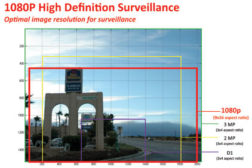Home » megapixel surveillance
Articles Tagged with ''megapixel surveillance''
High-Definition and Megapixel Resolution – What’s the Difference and Does it Matter?
High-Definition and Megapixel Resolution are Clearly Not the Same
May 24, 2011
Sign-up to receive top management & result-driven techniques in the industry.
Join over 20,000+ industry leaders who receive our premium content.
SIGN UP TODAY!Copyright ©2024. All Rights Reserved BNP Media.
Design, CMS, Hosting & Web Development :: ePublishing


